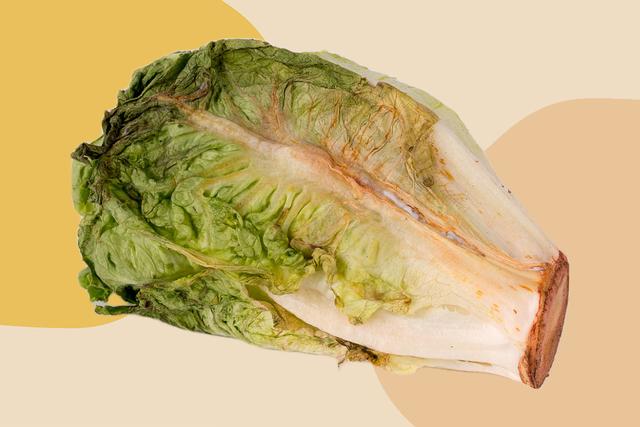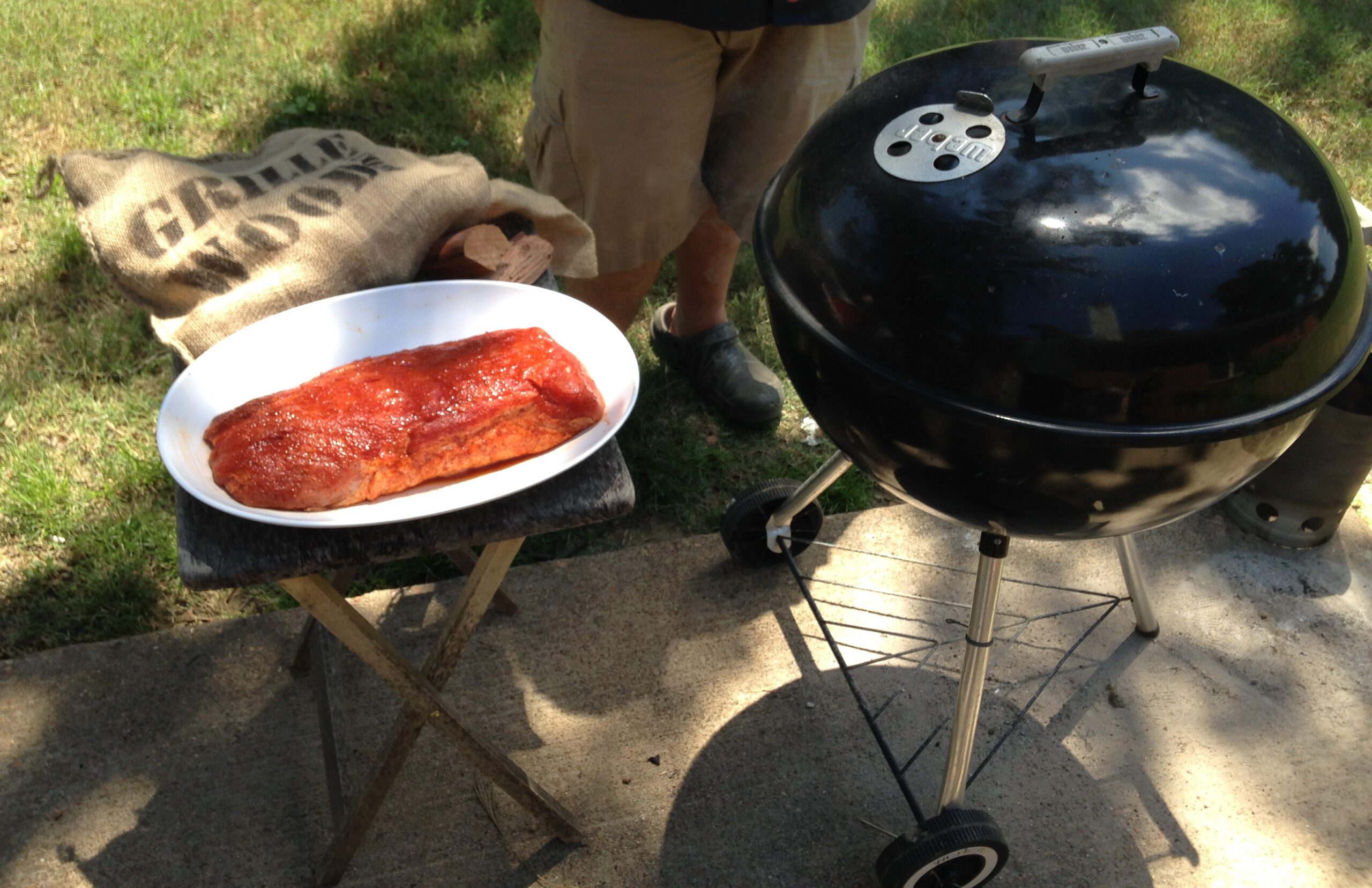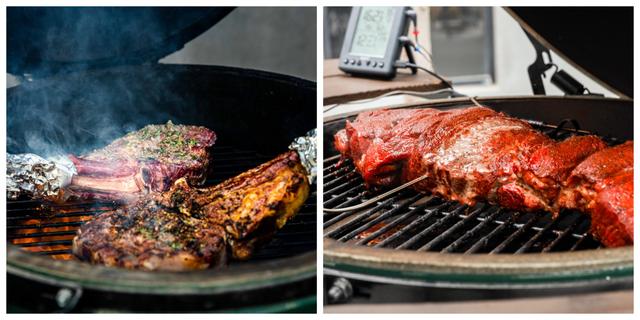
“Pulled Pork vs Brisket: Savor the Battle of BBQ Titans! Discover the succulent world of slow-cooked meats as we delve into the age-old debate between pulled pork and brisket. From tender smoky shreds to melt-in-your-mouth slices, join us on a culinary journey where these BBQ classics face off for ultimate supremacy. Unleash your taste buds and uncover the secrets behind these beloved dishes!”
Pulled Pork vs Brisket: Which Meat is Better?
When it comes to deciding between pulled pork and brisket, it ultimately boils down to personal preference. Pulled pork comes from the shoulder or the pork butt of a pig, while brisket is a tough cut of meat from the breast section of a cow. Pulled pork is cheaper than brisket, making it a more affordable option for feeding a large crowd. However, smoking a brisket can be more challenging than smoking pulled pork due to the nuances of selecting and trimming the meat.
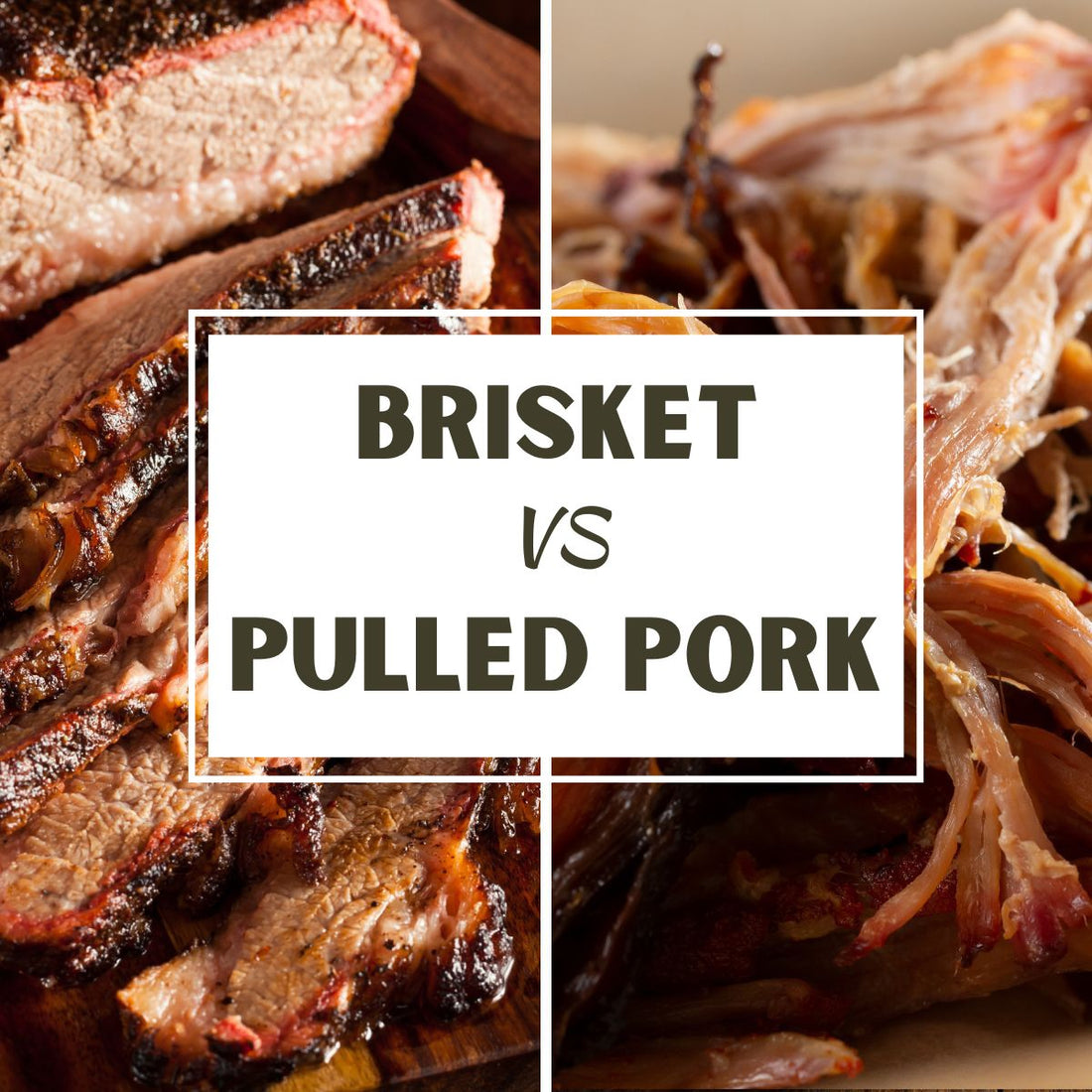
Pulled pork is typically served on a bun with toppings like coleslaw or pickles, while brisket is sliced against the grain and served as slices. Some people even use brisket in various dishes like mac and cheese or tacos. The choice between pulled pork and brisket ultimately depends on personal taste preferences. Prices also vary, with pork butt costing around $0.99 – $1.99 per pound and beef brisket costing around $3.98 – $4.98 per pound.
What is Pulled Pork?
Pulled pork refers to a dish made from slow-cooked and smoked pork that is tender enough to be easily pulled apart. It is typically made using cuts such as the shoulder picnic or pork butt, which have higher levels of intramuscular fat. The meat is smoked until it reaches an internal temperature of around 195 – 205F, allowing the shoulder muscles to become tender and easily separable. Pulled pork can be shredded using hands, forks, or meat claws, and is often served on a bun with toppings like coleslaw or pickles.
Brisket refers to a cut of beef that comes from the breast section of a cow, specifically under the first five ribs. It is known for being one of the toughest cuts of meat but also considered one of the best cuts for smoking beef. The brisket primal consists of two muscles – the flat and the point – separated by a layer of fat. Due to its role in supporting much of the cow’s weight, brisket contains collagen and connective tissue that requires long cooking times to break down and become tender. Brisket is typically sliced against the grain and served as slices or can be made into burnt ends.
In terms of cost per serving, pulled pork is generally cheaper than brisket. Pork butt can be purchased at around $0.99 – $1.99 per pound, while beef brisket costs approximately $3.98 – $4.98 per pound. This makes pulled pork more budget-friendly and allows for feeding a larger number of people compared to brisket.
Pulled pork is often considered easier to smoke than brisket due to various factors. Selecting a good brisket can be challenging, as it requires knowledge of USDA grading and marbling. Trimming a brisket is also a nuanced process that involves maximizing edible meat and making the brisket more suitable for smoking. On the other hand, pork butt requires minimal trimming, if any at all. Overall, the smoking process for brisket is generally regarded as more difficult and time-consuming compared to pulled pork.
Pulled pork is commonly served on a bun and topped with various sauces such as vinegar-based or mustard-based options. It can also be used in dishes like nachos, tacos, mac and cheese, BBQ pizza, or enjoyed on its own. Brisket is typically sliced against the grain and served as slices accompanied by white bread at barbecue restaurants. Additionally, the point muscle of brisket can be made into burnt ends or added to dishes like Mac and cheese, quesadillas, tacos, chili, beans, nachos, hash, or chopped brisket sandwiches.
The choice between pulled pork and brisket ultimately comes down to personal preference. Some individuals may prefer beef over pork or vice versa. Both meats require similar cooking times and resting periods but offer different flavors and textures. Availability of local sources may also influence one’s decision due to ease of access to certain cuts of meat.
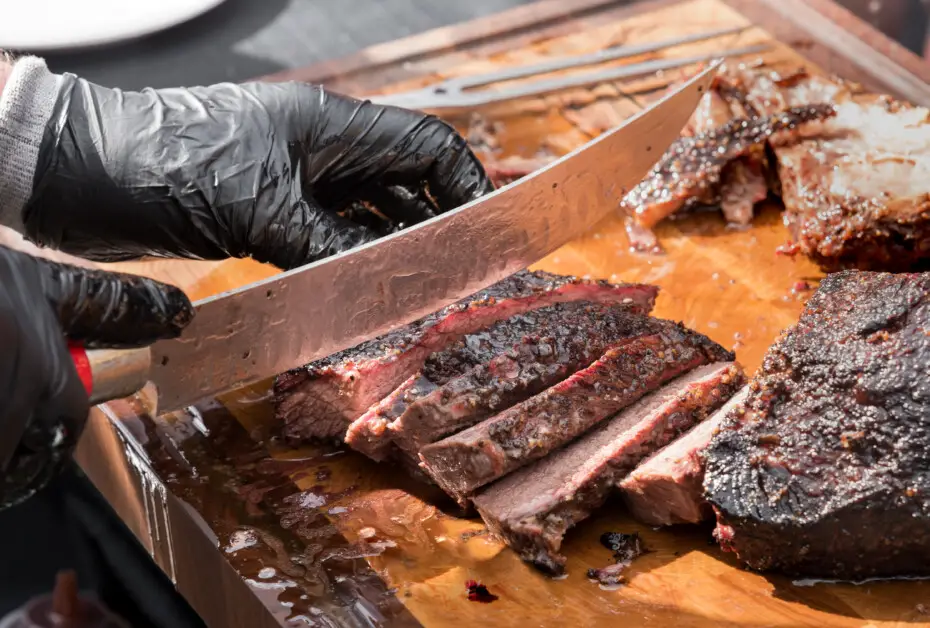
What is Brisket?
Brisket is a cut of meat from the breast section of a cow, specifically under the first five ribs. It is known to be the toughest cut of meat from the cow but is also considered one of the best cuts of beef for smoking. Due to the lack of collarbones in cows, much of their weight is supported by the brisket, resulting in the development of a lot of connective tissue, primarily collagen. The brisket primal consists of two muscles – the flat and the point – separated by a thick layer of fat. The flat muscle is located above the fat and the point muscle is below it.
Trimming brisket is a nuanced process that requires careful attention. It involves maximizing edible meat and making the brisket more aerodynamic in the smoker. The barbecue world has even created its own nomenclature for different parts of the brisket to guide trimming. Trimming helps improve cooking and presentation results. However, with pork butt, minimal or no trimming is required, as there is usually enough intramuscular fat present to keep it flavorful and moist during smoking.
Pulled pork is typically served on a bun and topped with various condiments such as vinegar-based finishing sauce or mustard-based sauce, depending on regional preferences. Traditional accompaniments include coleslaw, pickled red onions, pickles, etc. Pulled pork can also be used as toppings for nachos, tacos, mac and cheese, BBQ pizza, or enjoyed on its own.
Brisket slices are usually served against the grain and can be eaten as they are or paired with white bread at barbecue restaurants. Some people also enjoy brisket in slice form without bread. Brisket point can be made into “burnt ends,” which are highly sought after and considered the best part of the entire brisket. Brisket can also be added to dishes like mac and cheese, quesadillas, tacos, chili, beans, nachos, hash, or used to make chopped brisket sandwiches.
Whether pulled pork or brisket is better ultimately comes down to personal preference. Some individuals prefer the taste and texture of beef and would choose brisket over pulled pork, while others favor the flavor and tenderness of pork and opt for pulled pork instead. The choice between the two meats may also depend on availability and local sourcing options.
In terms of cost per serving, pulled pork is generally cheaper than brisket. Pork butt is 2.5 – 4 times cheaper per pound compared to beef brisket. Both cuts have a similar yield percentage of usable meat. However, it’s important to note that prices may vary depending on location and market conditions.

Cost of Brisket and Pulled Pork
Pulled pork is generally cheaper than brisket. On average, you can expect to pay around $0.99 – $1.99 per pound for pork butt, which is used for pulled pork. In comparison, beef brisket tends to be more expensive, with an average price range of $3.98 – $4.98 per pound.
This price difference is mainly due to the cost of the meat itself. Pork butt is more affordable because it comes from pigs, which are generally less expensive to raise and process compared to cows. Additionally, the amount of intramuscular fat in pork butt contributes to its lower price per pound.
Brisket is Harder to Smoke than Pulled Pork
Smoking brisket requires more skill and attention compared to pulled pork. The process of selecting, trimming, and smoking the meat for brisket is more complex. It can be challenging to find a good quality brisket, as it is graded using the USDA grading system. Working with at least a USDA Choice brisket is recommended, which means selecting one with adequate marbling or fat throughout the lean meat. On the other hand, pork butt does not have a grading system, as it is generally produced from young animals bred and fed for tender meat. Thus, when smoking pork butt, the only significant factor is the weight of the meat.
Trimming brisket is a nuanced process that requires attention to detail. There are different parts of the brisket that need to be trimmed in order to maximize edible meat and make it more aerodynamic in the smoker. The barbecue world even has its own nomenclature for the different parts of the brisket due to its complexity. Trimming pork butt, on the other hand, requires minimal effort or no trimming at all. Some people may choose to remove the false fat cap on pork butt but beyond that, there is little need for further trimming.
Pulled pork is typically served on a bun and topped with various sauces such as vinegar-based or mustard-based ones depending on regional preferences. It can also be used in other dishes like nachos, tacos, mac and cheese, BBQ pizza or enjoyed on its own. In contrast, brisket (both point and flat) is sliced against the grain and served as individual slices. It is commonly enjoyed with white bread at barbecue restaurants but can also be eaten alone or used in dishes like mac and cheese, quesadillas, tacos, chili, beans, nachos, or chopped brisket sandwiches.
Ultimately, the choice between pulled pork and brisket comes down to personal preference. Some individuals prefer the taste of beef and enjoy the tenderness of a well-smoked brisket, while others may favor the flavor and versatility of pulled pork. Both meats require a similar amount of time to smoke and rest. Factors such as availability and cost may also play a role in determining which meat is preferred.

Picking the Meat
Pulled pork is typically made from pork butt, which is a cut of meat from the upper shoulder of the pig. It contains more intramuscular fat, making it ideal for smoking and pulling apart into tender shreds. On the other hand, brisket comes from the breast section of a cow under the first five ribs. It is considered the toughest cut of beef but also the best for smoking. When selecting brisket, it is important to look for at least USDA Choice grade or higher and consider factors like marbling and trimming.
When it comes to trimming, pulled pork requires minimal effort. Some people choose to remove the false fat cap, which is a thin layer of fat followed by a thin layer of meat on the “fat cap” side of the pork butt. However, this is optional as there is plenty of intramuscular fat in pork butt that can provide flavor and moisture during smoking. Brisket trimming, on the other hand, is a nuanced process that aims to maximize edible meat and make it more aerodynamic in the smoker. There are different parts of brisket that can be trimmed based on personal preference.
Pulled pork is commonly served on a bun with toppings like coleslaw or pickled onions. It can also be used in various dishes like nachos, tacos, or BBQ pizza. Brisket, both the point and flat cuts, are sliced against the grain and served as individual slices. At barbecue restaurants, they are often served with white bread to make sandwiches with brisket slices. Brisket point can also be made into burnt ends by cubing them up after smoking.
Ultimately, whether pulled pork or brisket is better depends on personal preference. Some people prefer beef over pork, while others enjoy the tenderness and flavor of pulled pork. Both meats require a similar amount of time to smoke and rest, so it often comes down to individual cravings and availability of quality cuts in the local area. The cost per pound is also a factor to consider, as pulled pork is generally cheaper than brisket.
Trimming Brisket and Pork Butt
When it comes to trimming brisket, it can be a rather nuanced process. The goal is to maximize the edible meat and make the brisket more aerodynamic in the smoker. The barbecue world even has its own nomenclature for different parts of the brisket. Trimming guides can provide detailed instructions on how to trim a brisket properly.
In contrast, trimming pork butt requires minimal effort, if any at all. Some people may choose to remove the false fat cap, which is a thin layer of fat followed by a thin layer of meat. This false cap can prevent proper penetration of dry rubs and may be inedible. However, since pork butt has ample intramuscular fat, the fat cap isn’t necessary for shielding the meat during cooking.
How are they Typically Served?
Pulled pork is typically served on a bun and topped with a thin vinegar-based finishing sauce. Depending on the region, a mustard-based sauce may also be used. The sandwich can be accompanied by traditional coleslaw, pickled red onions, pickles, or other toppings. Pulled pork can also be used as a topping for nachos, tacos, mac and cheese, BBQ pizza, or enjoyed on its own.
Brisket, both the point and the flat, are sliced against the grain and served as slices. At barbecue restaurants, white bread is often provided to eat with the brisket slices. However, brisket can also be enjoyed on its own as slices. The point of the brisket can be made into “burnt ends,” which are small cubes of deliciously caramelized meat. Brisket can also be added to dishes like Mac and cheese, quesadillas, tacos, chili, beans, nachos, hash, chopped brisket sandwiches, and more.
Overall, how these meats are served depends on personal preference and regional variations in barbecue traditions.
Which Tastes Better?
When it comes to taste, the preference between pulled pork and brisket is subjective and varies from person to person. Pulled pork, with its tender and juicy texture, has a rich and smoky flavor that melts in your mouth. The intramuscular fat in pork butt adds to its succulence and enhances the overall taste.
On the other hand, beef brisket offers a deep and robust flavor profile. The slow smoking process allows the collagen in the meat to break down, resulting in a tender and flavorful cut of beef. The marbling of fat throughout the brisket adds richness and moisture, contributing to its unique taste.
Ultimately, whether you prefer the sweet and savory flavors of pulled pork or the hearty and bold taste of brisket depends on your personal palate.
In the debate between pulled pork and brisket, both meats offer unique flavors and textures that cater to different preferences. Pulled pork is tender, smoky, and versatile, while brisket boasts a rich, melt-in-your-mouth experience. Ultimately, the choice between these BBQ favorites comes down to personal taste and the desired dining experience.
Learn More About Grilling
If you want to learn more about grilling, check out these other helpful resources!



